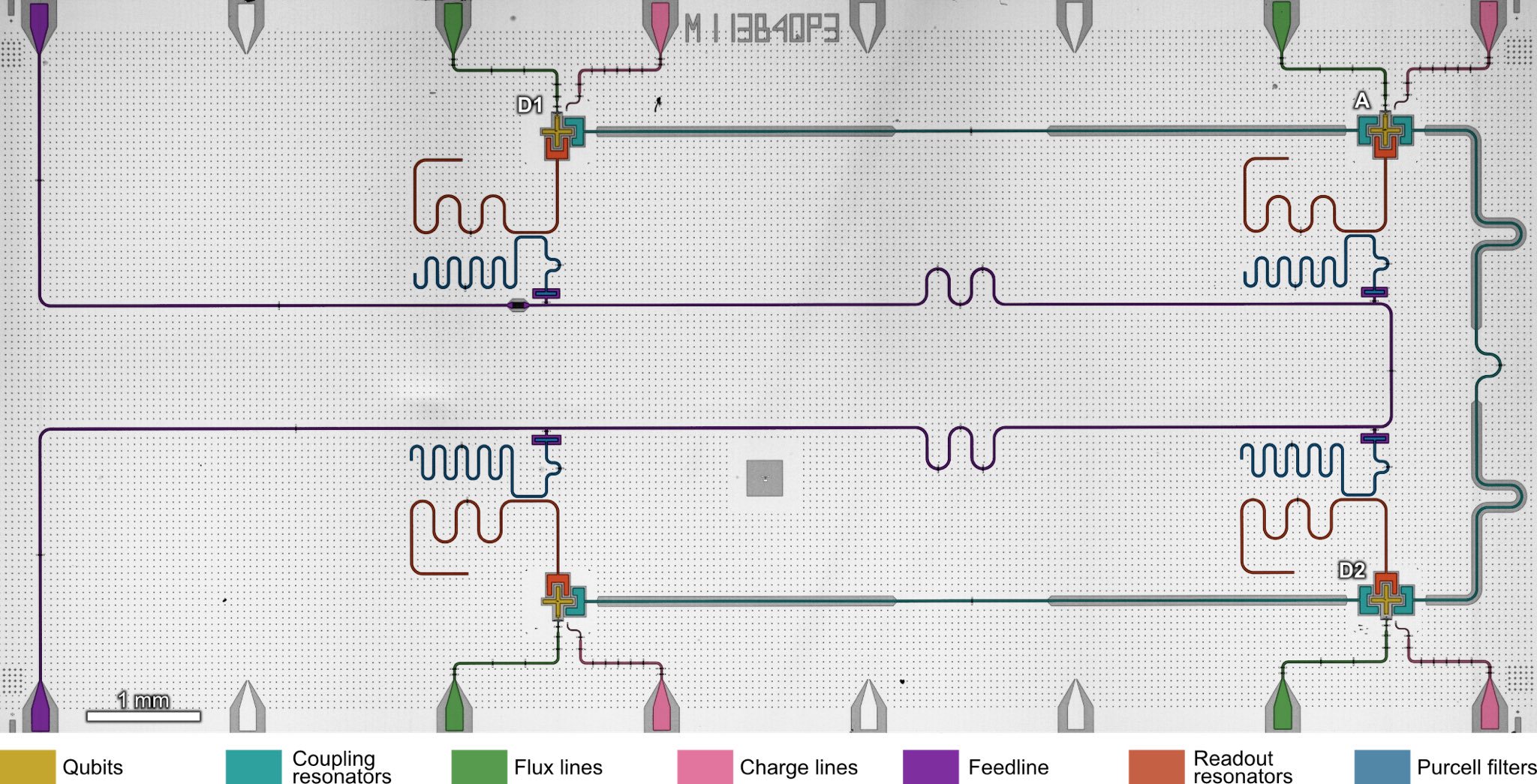The long-term success of quantum computers relies on the ability to perform fault-tolerant quantum computations using quantum error correction. In this approach, errors are detected through the repeated measurement of multi-qubit parity operators and corrected using feedback operations conditioned on the measurement outcomes. In the work [Andersen et.al., npj Quantum Info 5, 69 (2019)], we demonstrate, for the first time with superconducting qubits, all major ingredients for performing quantum error correction implemented simultaneously with the same setup. In particular, we projectively measure the ZZ and XX parity of two data qubits, using a third ancillary qubit. By repeatably applying real-time feedback conditioned on the ancilla measurement outcome, we demonstrate the stabilization of a Bell state of the two data qubits for up to 12 rounds of parity measurements. The repeated detection of parity operators is essential for quantum error correction and our results are therefore a crucial step towards realizing larger quantum-error-correction codes.

Fig.1 False-colored micrograph of the four-qubit device used in this work, with transmon qubits shown in yellow, coupling resonators in cyan, flux lines for single-qubit tuning in green, charge lines for single-qubit manipulation in pink, a common feedline for readout in purple, and transmission line resonators for readout and for Purcell filtering in red and blue, respectively.
Full article: https://www.nature.com/articles/s41534-019-0185-4, also in arXiv:1902.06946
C. Kraglund Andersen, A. Remm, S. Balasiu, S. Krinner, J. Heinsoo, J-C. Besse, M. Gabureac, A. Wallraff, and C. Eichler, npj Quantum Information 5, 69 (2019)


